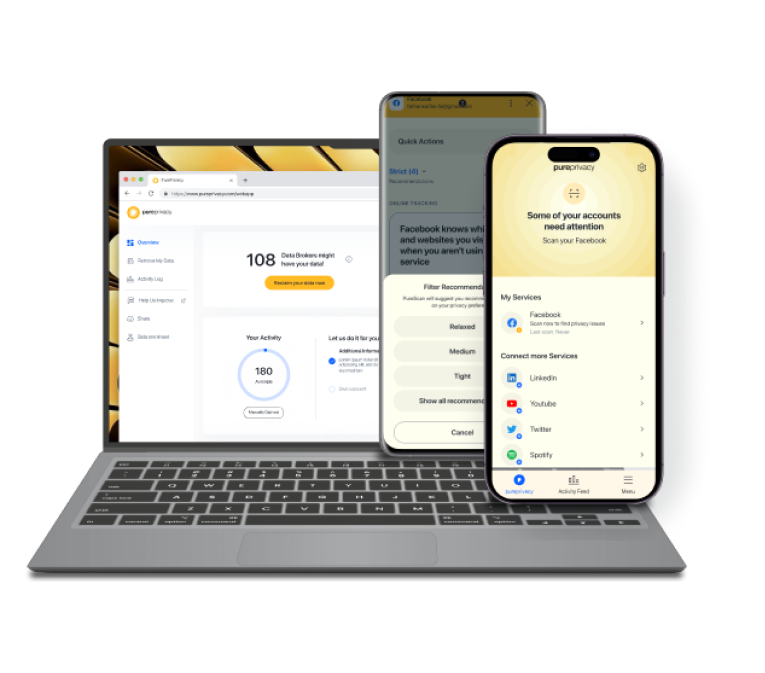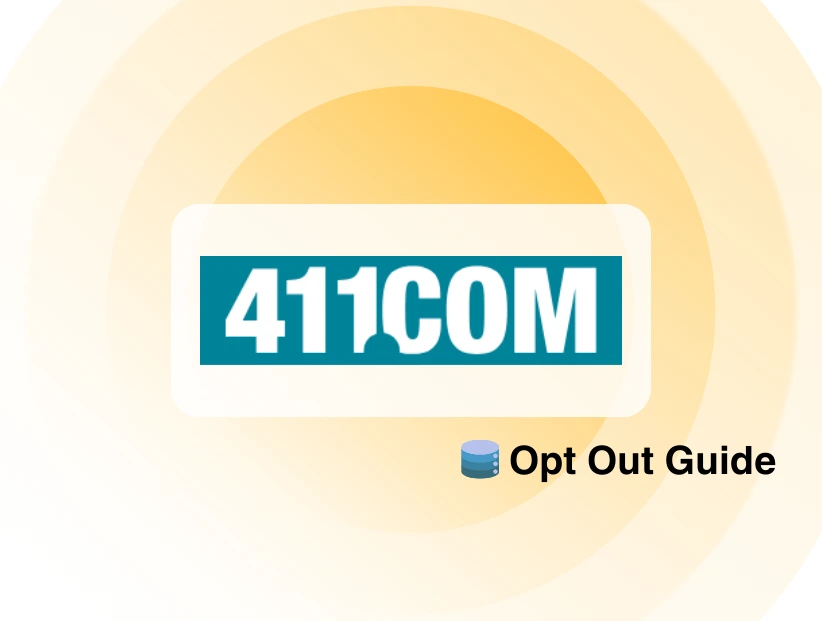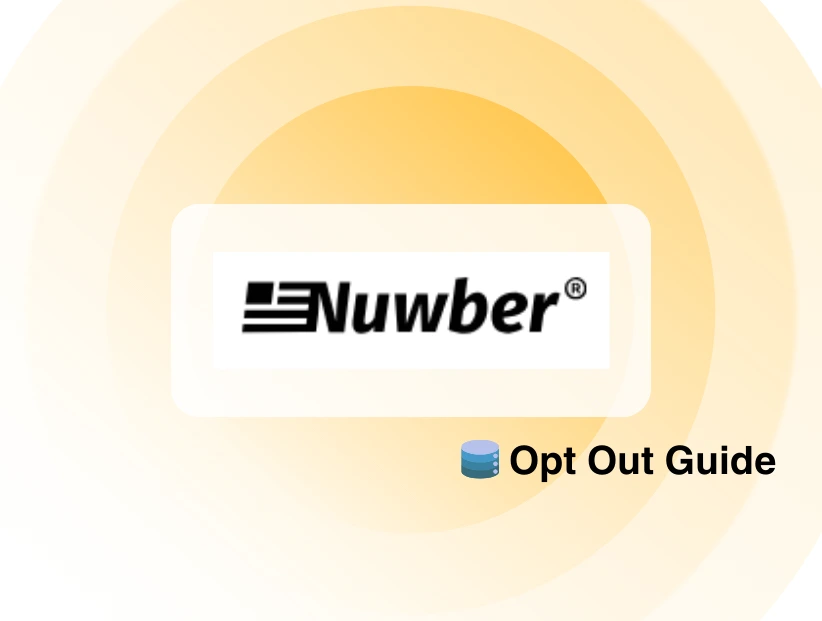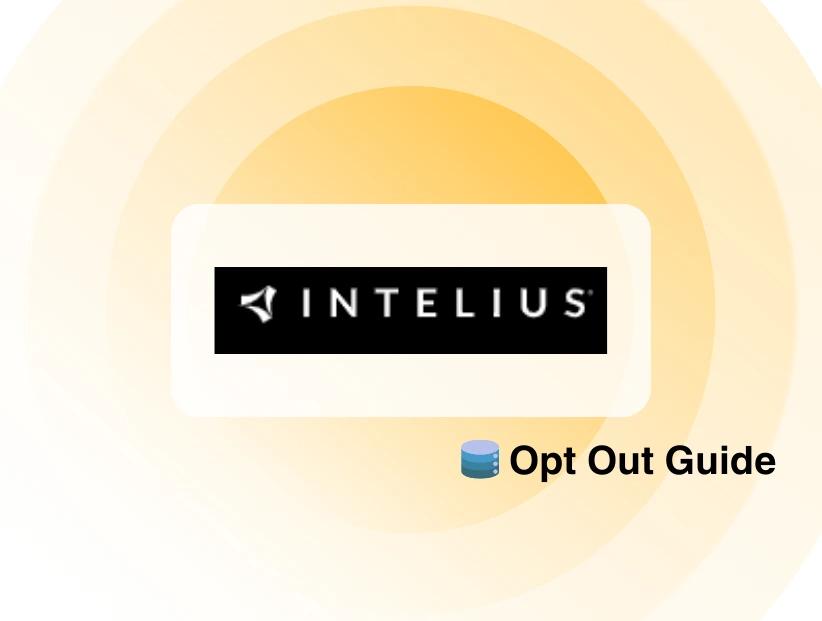Table of Content
As digital threats become more sophisticated, protecting your sensitive data is more crucial than ever.
Data leaks can expose your personal information to malicious actors, leading to severe consequences like identity theft and financial loss.
In this blog, we’ll explore the key aspects of data leak protection and provide actionable steps to safeguard your information.
What is Data Leak Protection?
Data leak protection (DLP) is all about keeping sensitive information safe from being accessed or shared without permission. It uses special tools and strategies to stop data from getting into the wrong hands.
DLP is important because it helps find and prevent data breaches, ensuring that personal and business information stays protected. These tools keep an eye on data as it moves through networks, devices, and the cloud, stopping leaks before they happen.
For DLP to work well, it needs a mix of good technology, clear rules, and teaching people how to protect data, reducing the risk of sensitive information being exposed.
Discover if Your Most Critical Identifiers Have Been Exposed on the Dark Web
Receive timely alerts and actionable insights with PurePrivacy's Dark Web Monitoring.
Why is Data Leak Protection Important?
As more people use digital platforms, a large amount of sensitive information, like personal details and financial records, is being stored and shared online. If this data falls into the wrong hands, the consequences can be severe. Data leaks can happen from various sources, such as:
Cyberattacks
Hackers use various methods like phishing, malware, and ransomware to breach systems and steal data.
Human Error
Mistakes like sending sensitive information to the wrong recipient or failing to encrypt data can lead to leaks.
Insider Threats
Employees with access to sensitive data might intentionally or unintentionally expose it.
System Vulnerabilities
Hackers can take advantage of weaknesses in software, hardware, or network security to get access to private information.

Steps to Protect Yourself from Data Leaks
To enhance your personal data protection, consider the following steps:
Use Strong Passwords
Create complex passwords and change them regularly. Consider using a password manager to keep track of your credentials.
Enable Two-Factor Authentication (2FA)
Add an extra layer of security to your online accounts by enabling 2FA wherever possible.
Be Cautious with Emails
Avoid clicking on links or downloading attachments from unknown or suspicious sources.
Regularly Update Software
Keep your operating system, antivirus software, and applications up to date to protect against vulnerabilities.
Backup Your Data
Regularly back up your data to ensure you can recover it in case of a breach or ransomware attack.
- Leverage Dark Web Monitoring to search for your personal information online and protect yourself from identity theft.
- Enable the Tracker Blocker to stop online tracking and block data collection.
- Utilize the Remove My Data feature to send recurring opt-out requests.
- Utilize the Social Privacy Manager to enhance your privacy across multiple social media platforms.
Monitor the Dark Web 24/7
Continuously scan the dark web to receive alerts if your data surfaces online, allowing you to take preventative measures.
Block Trackers and Stop Data Collection
Prevent websites and third-party trackers from gathering and selling your browsing data and online profiles to external parties.
Automate Opt-Out Requests to 200 Data Brokers
Identify the data brokers collecting your information and send recurring opt-out requests to remove your data.
Improve Your Social Media Privacy Score
Use PurePrivacy to evaluate and enhance your social media privacy settings, strengthening your online security across multiple platforms.
Frequently Asked Questions (FAQs)
-
What is data leak protection?

Data leak protection refers to measures taken to prevent unauthorized access, use, or transmission of sensitive information, often through specialized apps and strategies.
-
How can I protect my data online?

To protect your data online, use strong passwords, enable two-factor authentication, avoid suspicious emails, keep software updated, and consider using privacy apps like PurePrivacy.
-
What should I do if my data is leaked?

If your data is compromised, promptly update your passwords, keep a close eye on your accounts for any unusual activity, and consider using PurePrivacy for added protection.
In Conclusion
Protecting your data is an ongoing process that requires vigilance and the right tools.
By implementing robust data leak protection strategies and using apps like PurePrivacy, you can reduce the risk of data exposure and keep your information safe from cyber threats.






